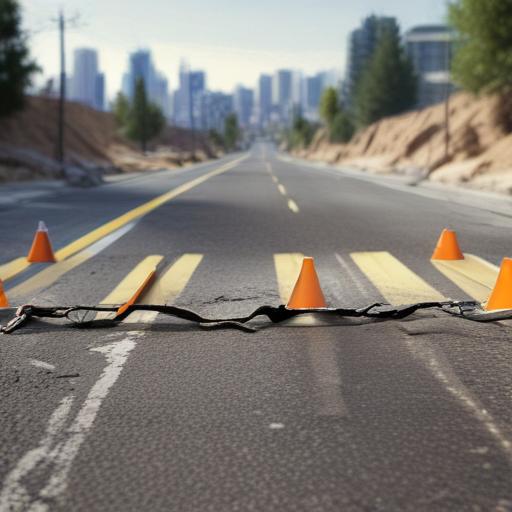Christine Goulet, the director of the U.S. Geological Survey’s Earthquake Science Center in Los Angeles, often fields the same burning questions regarding earthquake prediction. “When is the next big earthquake coming? Do you know where? When should we get ready?” While she carries the insights of a seasoned seismologist, Goulet reminds us that precise predictions remain beyond current scientific capabilities.
The urgency of preparation is paramount. According to USGS research, California is highly susceptible to significant seismic events. In fact, there is a considerable likelihood—72%—that the San Francisco Bay Area will experience an earthquake of magnitude 6.7 or higher by 2043. More alarming is that there are multiple fault lines in the region, making the risk even more acute in populous areas like San Francisco and Los Angeles.
The recent earthquake in December, which registered a magnitude of 7 along California’s northern coast, underscored this ongoing threat when it triggered tsunami warnings along the West Coast. Witnesses in San Francisco described the quake’s slow rolling motion, highlighting the tension experienced in urban areas during such events.
Goulet draws parallels between past earthquakes and the current risk landscape. She references historical events such as the catastrophic 1906 San Francisco earthquake that resulted in about 3,000 fatalities and destroyed 80% of the city, alongside others like the Loma Prieta quake in 1989. These historic quakes serve as reminders of the potential devastation that could occur if a significant earthquake were to strike near urban populations today.
In Los Angeles, the statistics are equally concerning, with a 60% chance of a 6.7 magnitude quake over the next three decades. Historical events, like the 1994 Northridge earthquake, which took 60 lives and caused billions in damage, echo the potential impacts of future seismic activity.
Experts advise individuals and communities to take actionable steps toward earthquake readiness. People should formulate emergency plans, stock essential supplies, and secure their homes to mitigate risks. They should also familiarize themselves with protective measures such as “drop, cover, and hold on” during an earthquake to prevent injuries.
While the threat of earthquakes is real and often daunting, Goulet maintains a hopeful perspective. By fostering a culture of preparedness and spreading awareness about safety measures, communities can better equip themselves to face the challenges posed by potential seismic events. As more people engage in earthquake drills and strengthen their emergency plans, the likelihood of minimizing harm in the event of a quake increases significantly.
